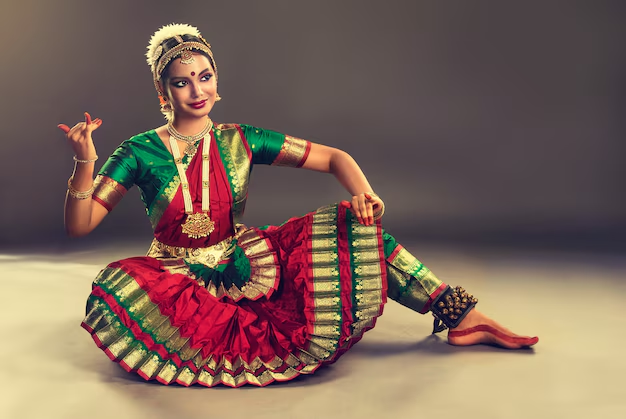Indian Classical Dance And Its Rising Global Recognition – Explained

Indian classical dance is an ancient and revered art form that has evolved over centuries, deeply rooted in the country’s cultural and spiritual traditions. With its origins in temple performances and mythological storytelling, classical dance has transcended regional and national boundaries, gaining immense global recognition. Today, these traditional dance forms captivate audiences worldwide, preserving India’s rich heritage while adapting to contemporary expressions.
The Essence of Indian Classical Dance
Indian classical dance is not just a form of artistic expression; it is a profound amalgamation of rhythm, movement, music, and storytelling. Each performance conveys emotions and narratives derived from epics such as the Ramayana, Mahabharata, and other sacred texts. The intricate hand gestures (mudras), facial expressions (bhavas), and footwork (tatkar) make classical dance a unique and mesmerizing spectacle.
There are eight officially recognized classical dances of India, each with its own distinctive style, cultural significance, and historical background. These include Bharatanatyam, Kathak, Odissi, Kuchipudi, Kathakali, Manipuri, Mohiniyattam, and Sattriya.
The Different Classical Dances of India
- Bharatanatyam (Tamil Nadu) Bharatanatyam, one of the most ancient and esteemed styles of classical dance, has its roots in Tamil Nadu temples. It is renowned for its expressive narrative, dexterity, and grace.
- Kathak (North India) Originating from the courts of North India, Kathak is a storytelling dance form that combines fluid movements, swift spins, and rhythmic foot tapping with ghungroos (ankle bells).
- Odissi (Odisha) With its roots in temple dances, Odissi is characterized by its lyrical movements, sculpturesque poses, and deep devotion to Lord Jagannath.
- Kuchipudi (Andhra Pradesh) A blend of dance and drama, Kuchipudi incorporates graceful movements, intricate footwork, and expressive gestures to narrate mythological tales.
- Kathakali (Kerala) A dramatic and vibrant dance form, Kathakali is known for its elaborate costumes, intricate facial makeup, and exaggerated expressions that bring epics to life.
- Manipuri (Manipur) A soft and elegant dance style, Manipuri is deeply spiritual and incorporates gentle hand movements and delicate footwork inspired by devotional themes.
- Mohiniyattam (Kerala) Performed exclusively by women, Mohiniyattam is a graceful dance with slow, rhythmic movements that emphasize feminine expressions and emotions.
- Sattriya (Assam) Originating from the monasteries of Assam, Sattriya is a vibrant dance form that blends storytelling with devotional themes dedicated to Lord Krishna.
The Growing Global Recognition of Indian Classical Dance
Over the years, classical dances of India have gained immense appreciation on international platforms, with artists and academies promoting these art forms worldwide. Several factors have contributed to this rising global recognition:
1. Increased Cultural Exchanges and Festivals
Numerous cultural festivals, international dance tours, and collaborations have helped Indian classical dance reach global audiences. Events such as the Edinburgh Festival, Smithsonian Folklife Festival, and Surya Festival provide platforms for artists to showcase their talents on international stages.
2. Influence of Indian Diaspora
The growing Indian diaspora has played a crucial role in spreading classical dance traditions across different countries. Dance schools and cultural organizations established by Indian communities abroad have helped preserve and propagate these art forms for younger generations.
3. Integration in Global Art and Media
Indian classical dance has been featured in global cinema, television, and contemporary art forms. Fusion performances that blend classical techniques with modern dance styles have made these traditional forms more accessible to global audiences.
4. Digital and Social Media Exposure
The rise of digital platforms and social media has significantly boosted the reach of classical dance. Online performances, virtual workshops, and YouTube channels dedicated to dance tutorials have made it easier for enthusiasts worldwide to learn and appreciate these art forms.
5. Recognition by International Institutions
Prestigious institutions such as UNESCO and global universities have acknowledged the significance of Indian classical dance. Several universities across the world offer courses on classical dance, further solidifying its place in the global arts landscape.
Conclusion
Indian classical dance has evolved from its sacred temple origins to become a globally admired art form. Through international festivals, digital platforms, and dedicated artists, these dances have found a prominent place in the world of performing arts. As they continue to inspire and captivate audiences globally, the classical dances of India serve as a testament to the country’s rich cultural heritage and artistic excellence.



